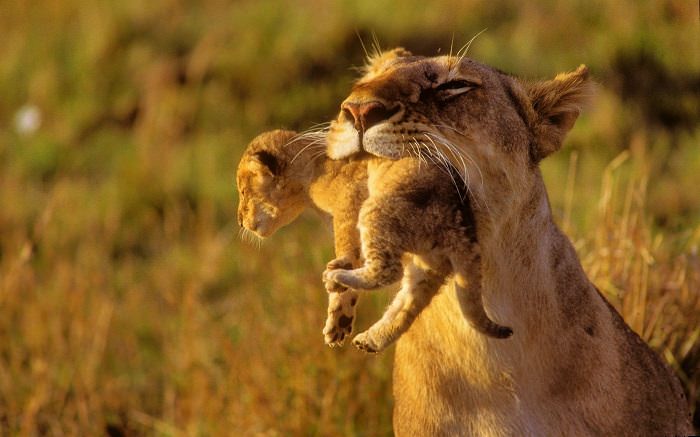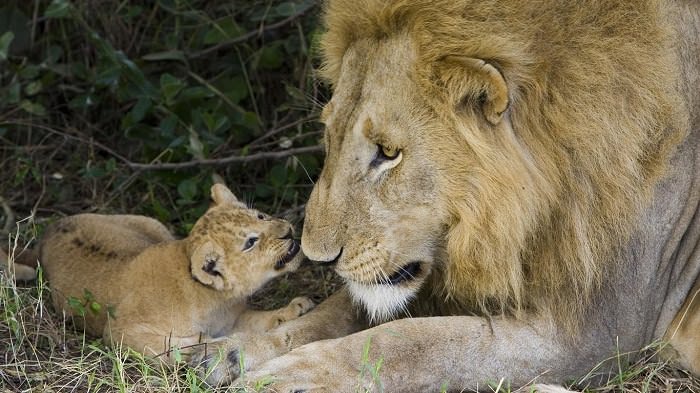
When most of us hear the phrase "predator" we think of big, fast, strong and threatening animals, which of course we wouldn’t want to pet or even see up close. However, the hunting instinct and deterring appearance are characteristics that these animals acquire only in adulthood, and when they are still small cubs they are actually quite adorable! The next collection of photos will have you oohing and awing at 10 of the most dangerous carnivorous animals’ cubs, proving babies of all kinds are just the cutest!
Cheetahs are known to have incredible speed, but as cubs, they are completely dependent on their mother, who hides them well in the first few weeks of their lives. The fur collar with which they are born is shed later in life, but now it provides them with additional protection because it hides their heads, and therefore outwitting lions and hyenas that may try to eat them. Cheetahs are ready for adult life at the age of about a year and a half, but siblings may continue to wander together for the rest of their adult lives.
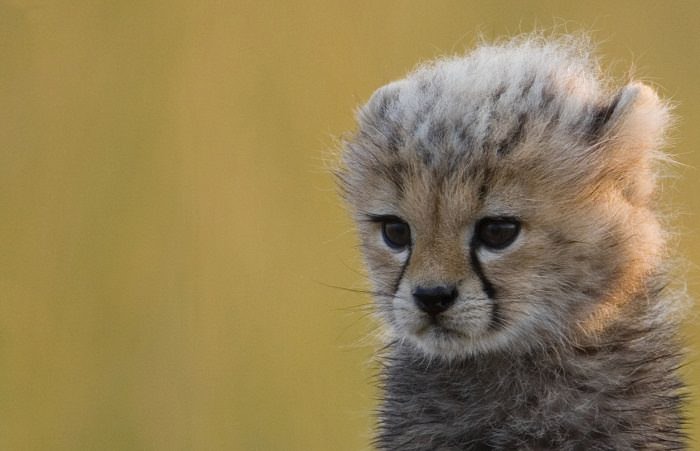
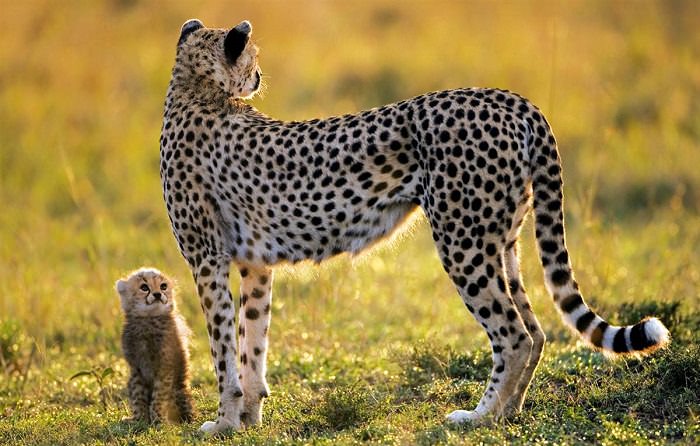
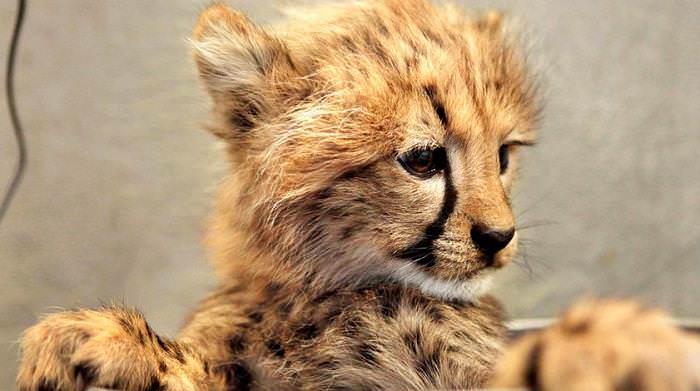
Polar bear mothers, the world's largest land predator, are among the most protective and devoted in the animal kingdom. Before birth, the mothers dig a deep hole in the snow and stays there alongside the cubs for the first few months of their lives. Only when the cubs are strong enough, after about three or four months, does the mother take them to hunt at sea and eat at leisure for the first time since giving birth to them. The cubs will remain with her for another two years while they learn to catch fish, seals and other animals.
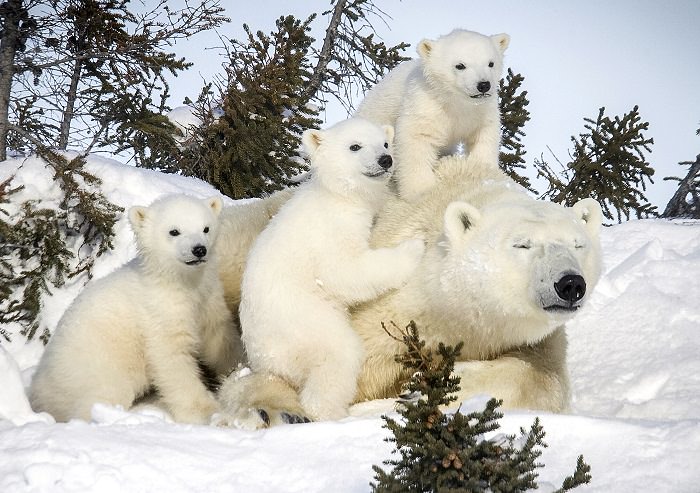
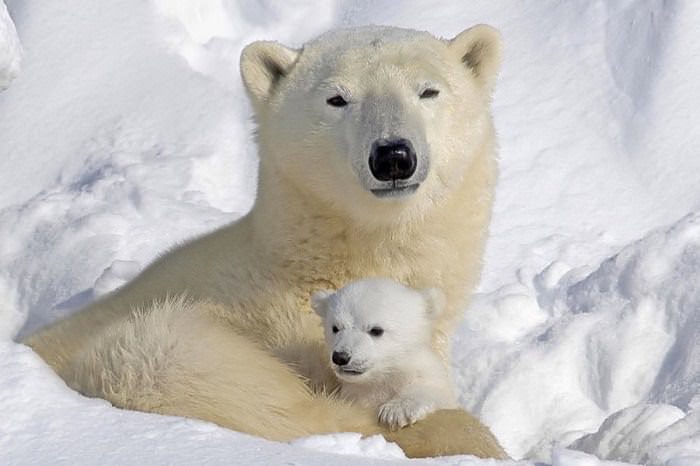
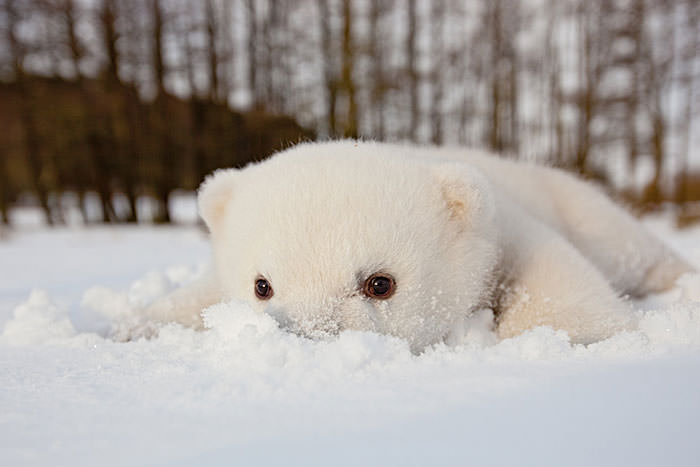
Although wild cats are particularly fast predators, like many other predators, they are born blind and helpless. They spend the first few months of their lives close to their mother, learning how to hunt and catch prey. Unlike human beings, they don’t hear the phrase "Don’t play with your food" from their mothers and spend a lot of time learning to hunt their food before eating. After about nine months of raising her offspring, the mother car leaves them, often abruptly as it is now time for them to start fending for themselves. In some cases, young cats continue to live together for a while, but in the end, they go their separate ways.

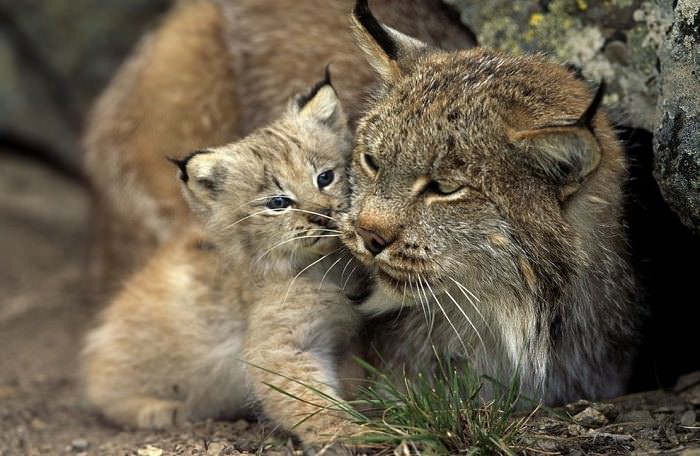
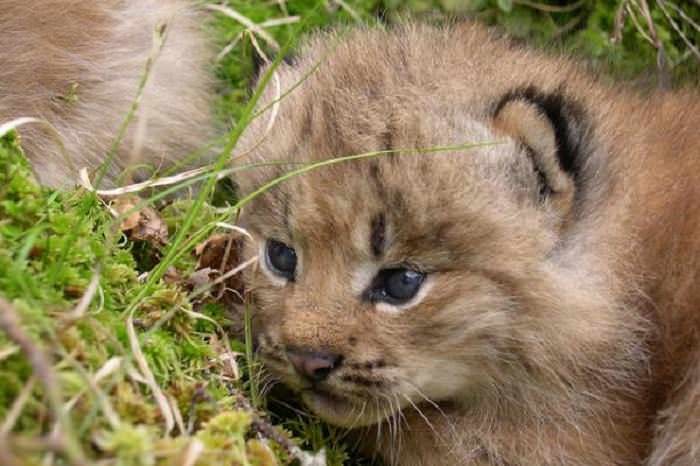
The Black Panther is most common in forested areas in Asia, where the color of their fur contributes to their camouflage. As an adult, the Black Panther is a dangerous predator that hides until its prey reaches comes close enough to attack and suffocate, but in their childhood, these cubs are very friendly and love to play with each other. The first few months of their lives are spent with their mother, but later on, they move away from her and take care of themselves.
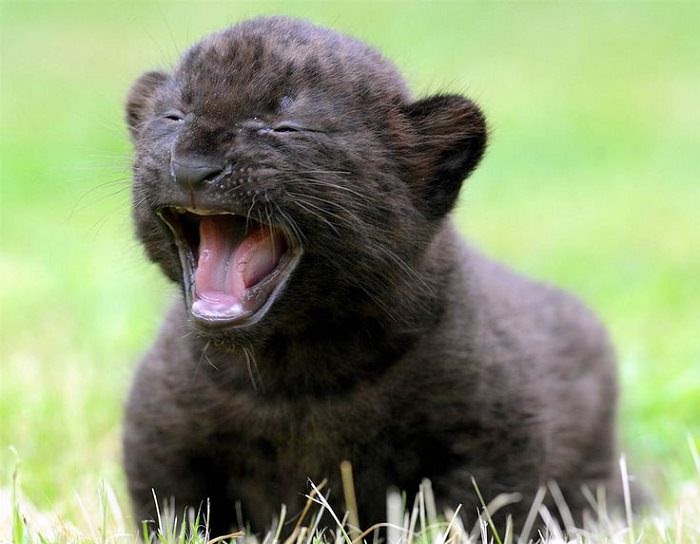
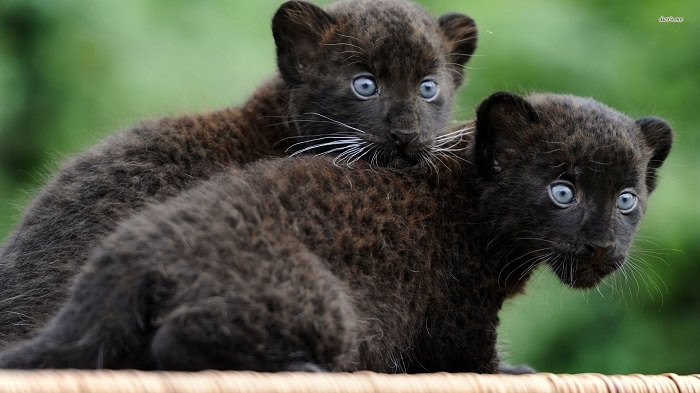
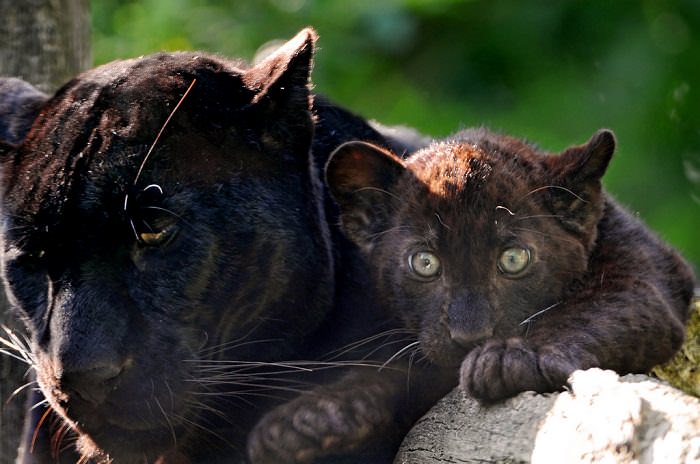
The falcon feeds only on living prey, which it catches with its feet. Flacons hatch from their eggs covered with a white plume, which changes into feathers within three to five weeks. The fact that young offspring are very vulnerable at the beginning of their lives leads to a high mortality rate at this age, but the birds that make it to adulthood manage to live on average about 15 years.
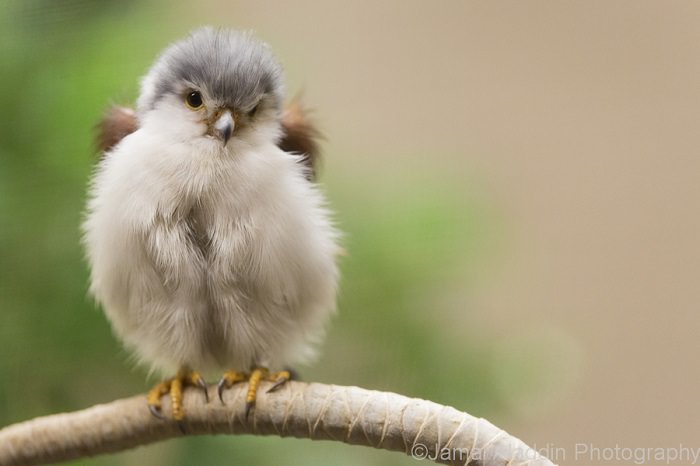

Snakes from this family are among the longest in the world. These predators usually feed on birds and other small mammals, but they can also swallow larger animals such as crocodiles and even deer. After awakening from their winter nap, the hungry Pythons may attack even humans. Although most snakes tend to abandon the eggs of the offspring after they are laid, a python mother wraps around the eggs in order to heat her offspring. During their lifetime the tiny snakes will reach a size of up to 6 meters!
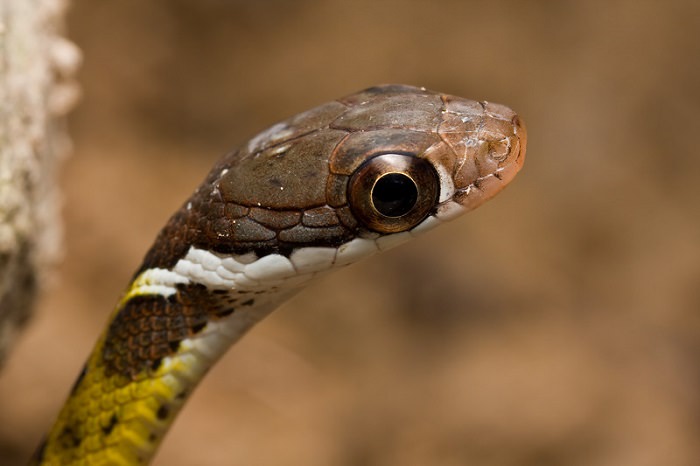
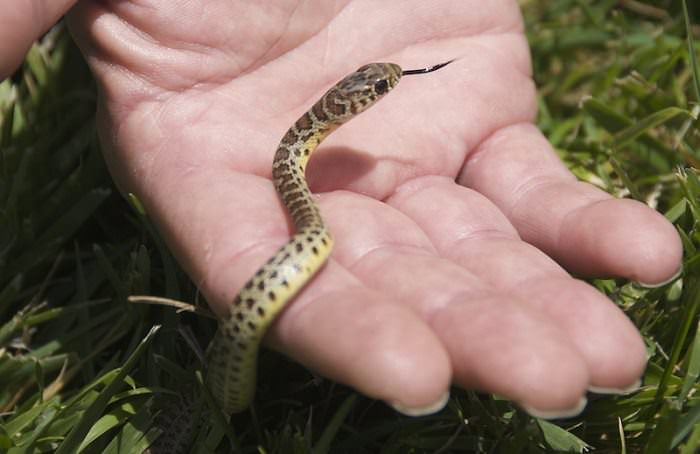
The giant otter is the largest individual in the otter family reaching a length of about 1.8 meters. This otter feeds on prey that it hunts in shallow waters such as medium-sized fish, crabs, and even anacondas. Otter pups, who in adulthood are characterized by very aggressive behavior towards anyone who tries to penetrate the family or hurt its members, are born in the burrows dug by their mother under the earth when they are completely blind. In these predators, the whole family will participate in raising the new pups, while the father and even the older siblings will help the young otter learn to hunt and encourage it to swim. The rest of the romp will rally to defend a family that has small puppies in danger.
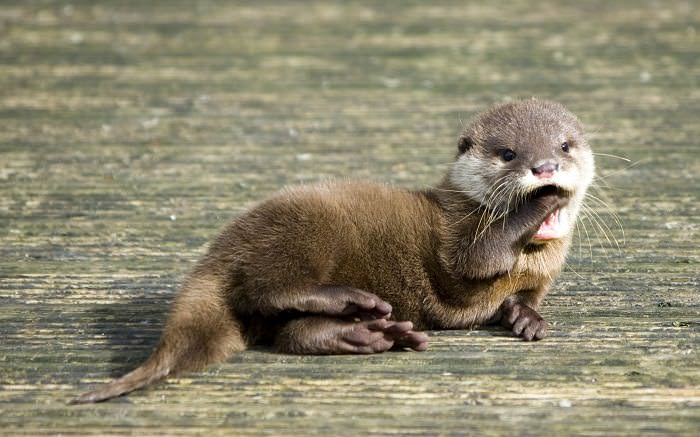
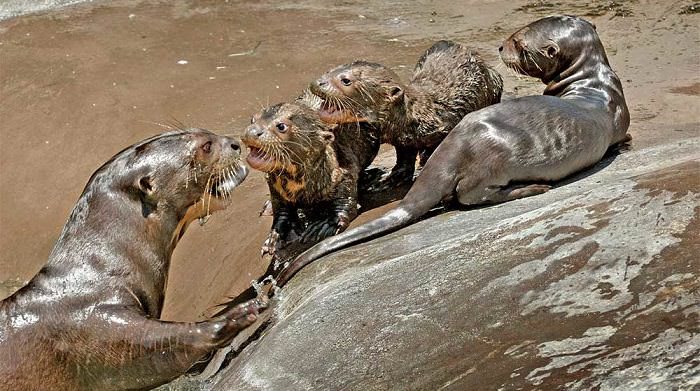
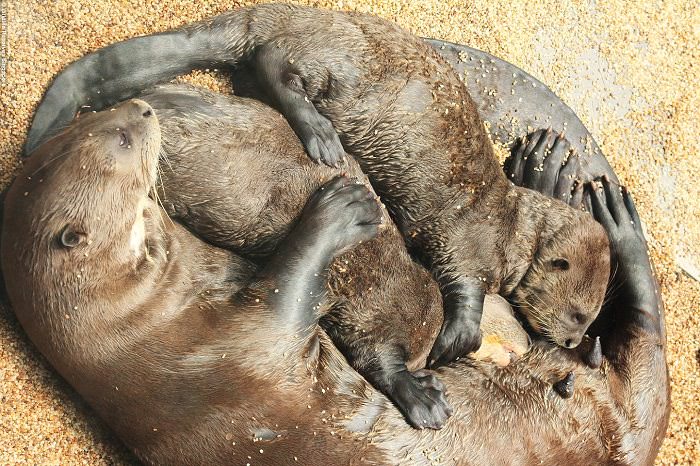
Brown bear cubs are born while their mother hibernates, and hide in a burrow with her until they grow stronger. Even once they go outside and start exploring the environment, they remain close to their mother for another two years, from whom they learn what kinds of food to look for and how to find it. During this time the young bears are still vulnerable, and Mama bear’s job is to be vigilant and repel attackers.
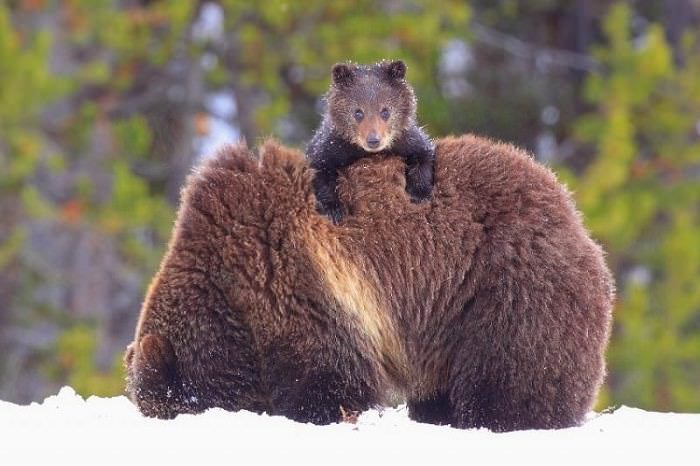
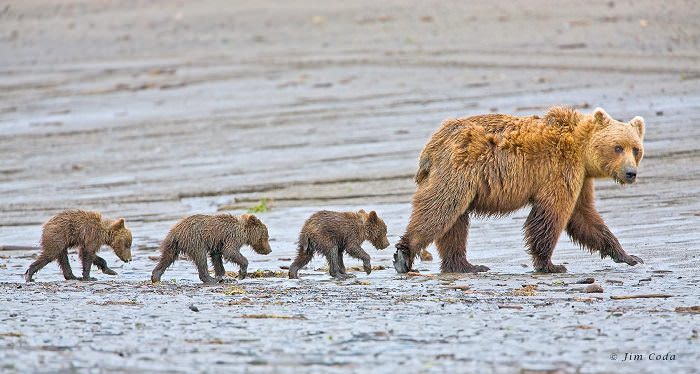
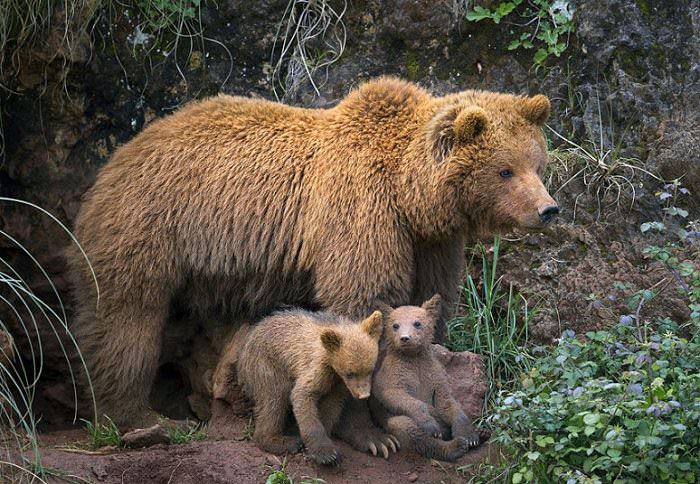
The largest alligator in the alligator family, which reaches about four meters in length and 270 kilograms in weight, starts off life only 20 cm long and 20 grams heavy. when it grows and grows, after a period of one to two years, Birds, turtles, crabs, frogs, etc. When it grows after a period of one to two years, the little alligator will learn to hunt birds, turtles, crabs, frogs and more. Around this time, the young alligator will choose to leave the family and set out on their own.
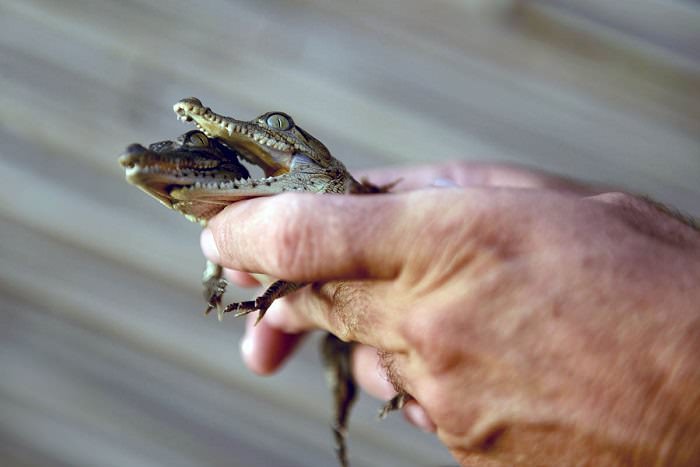
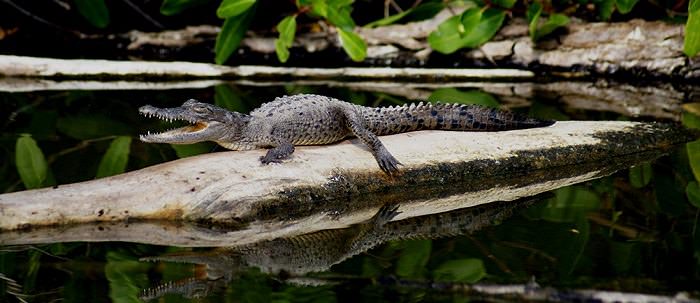
It wouldn’t be a complete list of predatory animals if we didn’t include lions. Like other cubs, the King of the Jungle’s cubs need help to grow, but unlike most other families, male lions also take part in feeding and protecting their small cubs. Even after the cubs grow stronger, the fathers continue to play with them and train them to improve their hunting skills. In fact, the strong connection with the fathers also leads many of the cubs to leave their pack to follow their fathers should they choose to leave and start a new pack.

